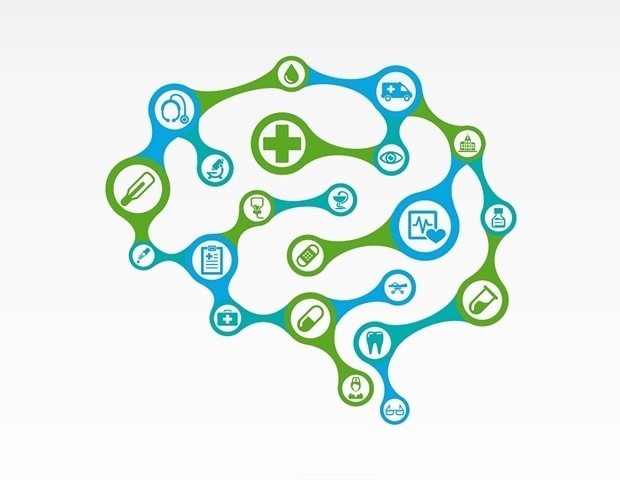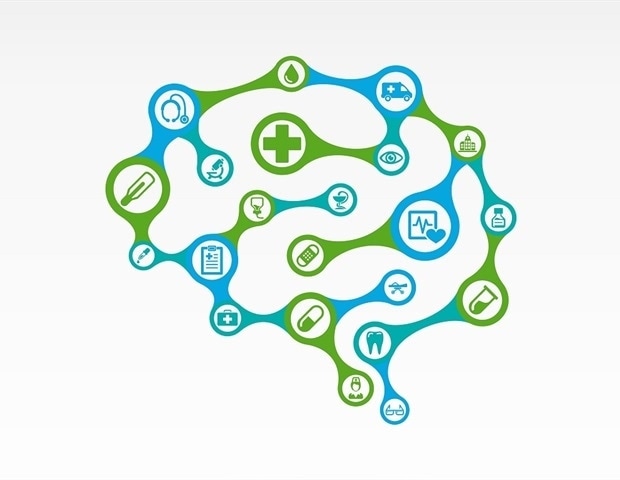
A new report finds that 509,025 (9.17%) public high school students in 24 states experienced homelessness in spring 2019 — three times the number recognized by the states’ education agencies. This under-recognition creates gaps in funding and services needed by this vulnerable population.
Researchers from Nemours Children’s Health and the University of Pennsylvania analyzed data from the Centers for Disease Control and Prevention (CDC) for public schools across 24 states and 12 school districts. During spring 2019, more than 9% of public high school students experienced homelessness during a 30-day period in the 24 states. The rate was even higher in the 12 school districts, analyzed separately, where nearly 14% of students reported homelessness.
The report’s authors believe the discrepancy between the CDC’s data, collected through the Youth Risk Behavior Surveillance System (YRBSS), and the state and local school agency homelessness estimates is likely due to the more comprehensive nature and complex sampling design of the YRBSS. The YRBSS is an anonymous set of surveys conducted in public high schools every two years. The report analyzed data from all states and school districts that opted to ask about student housing and homelessness for the 2019 YRBSS.
Homelessness was more likely among students who were male, LGBT (lesbian, gay, bisexual, transgender), Black/African American, Hispanic/Latinx, or Native American/Hawaiian. Students who experienced homelessness reported higher rates of sexual victimization, physical victimization, and having been bullied. Even when controlling for other risk factors, students who experienced homelessness reported higher rates of severe suicidality, hard drug use, alcohol abuse, risky sexual behavior, and poor grades.
Even before the COVID-19 pandemic, we saw high rates of homelessness in public high school students and strong links between homelessness and other harmful experiences. The pandemic’s impact on financial and housing stability will have even broader, ripple effects on mental health and academic functioning — effects that will continue to disproportionately harm students of color.”
Danielle Hatchimonji PhD, Study Lead Author, Nemours’ Center for Healthcare Delivery Science
Dan Treglia, PhD, of the University of Pennsylvania, a co-author on the report and a homelessness expert, explained, “The CDC housing data let us fully recognize the magnitude and depth of youth homelessness in the United States. By acknowledging its extent, we can begin to address the underlying problems and continue to improve systems to identify and serve these students across local school districts and states.”
The report makes several recommendations, including prioritizing funding for the federal McKinney-Vento education programs designed to identify and address student homelessness and better sharing of information across service sectors, including housing, education, substance abuse, and mental health. The report also emphasizes the need to reduce poverty and systemic racism and heterosexism, which place students from marginalized groups at higher risk of homelessness.
Hatchimonji added, “That any student experiences homelessness is unacceptable. That homelessness is so much more common among students of color and LGBT students underscores our shared obligation to promote equity and safety, especially for basic needs and human rights.”
“We know from other studies that many students who experience homelessness show resilience,” said senior author J. J. Cutuli, PhD, of Nemours’ Center for Healthcare Delivery Science. “We also know that resilience happens because of relationships and other supports in their lives. Promoting resilience means supporting families, educators, and others in the lives of teens who make sure homelessness does not get in the way.”








